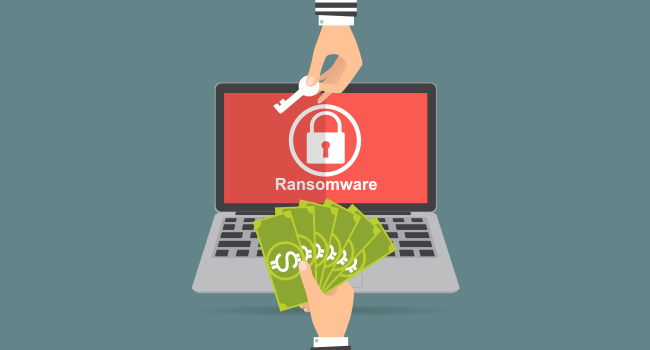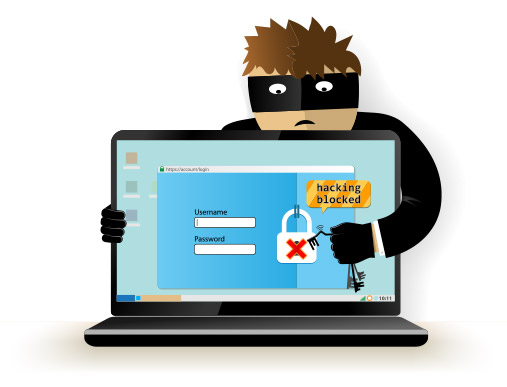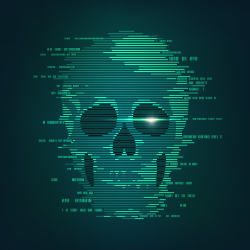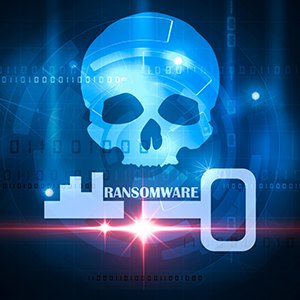How to Protect Against Ransomware And Secure Data
Updated on October 21, 2022, by Xcitium
 If there’s a great time to learn how to protect against ransomware, it’s now.
If there’s a great time to learn how to protect against ransomware, it’s now.
The statistics are out regarding ransomware and it’s time businesses and individuals took notice. In 2017, researchers logged an increase in Ransomware Attacks on enterprises from every 2 minutes in the first quarter to every 40 seconds on the third quarter of 2017. During the first quarter, 6 out of 10 ransomware infections involved ransomware. Researchers from Proofpoint measured a boom in new ransomware strains by around 4.3 times more than in 2016 and 30 times as much since 2015.
A ransomware infection is costly for small businesses as the average amount hackers are asking for in ransom amount to 1,077 USD. However, brand-wise the damage goes further than this as the businesses which suffered from ransomware and breaches close down six months after the incident.
Tip 1: Educate Your Family and Colleagues About Ransomware
Educating family and colleagues is important because it makes them aware that your family or your business can be a target for cyber-criminals. Without awareness, people can get careless about the possibility of malware infection. How to protect against ransomware if no one perceives it as a threat at all? By educating them, they become more mindful and more alert about the issue.
Tip 2: Backup Your Data Every Chance You Get
Hackers are deemed successful if they are able to get their hands on your data and lock it. But if you have copies hidden in a place they cannot lock, you can simply just wipe everything in your infected computers and reinstall the uninfected data. This is the importance of keeping backups for times you might be infected with ransomware.
Tip 3: Never Click on Links or Download from Suspicious Sites
Hackers and ransomware authors may spread their virus around indiscriminately but they are always working in a targeted fashion. One way they infect their targets is through social engineering or by pretending to be someone who is friendly to an employee or an official of the target institution. The best method to get the ransomware onto the system is by linking it on emails from seemingly friendly sources. This is why you need to instruct your colleagues and family members to never click on links from emails from contacts that came out of the blue.
Tip 4: Always Update Your Software
A cloud-based office software provider in Ukraine had the misfortune of becoming the distribution point of ransomware in 2017 because its IT staff failed to update their server OS. Their last update was in 2013. Updates contain solutions to vulnerabilities which ransomware exploit to take over systems. This is why you need to constantly update when an update is available.
Tip 5: Once You’re Infected Disconnect From the Internet
If you get infected, immediately disconnect everything from the Internet. An active connection is a key ingredient in activating the ransomware and for the hackers to monitor what is happening to your system. Once you disconnect from the Internet, check if the ransomware lock is still active and if it is, ask your IT Team to rollback your system before the infection. Try to get rid of the infection if it is possible.
Tip 6. Never Pay the Ransom
As much as possible, don’t pay the ransom. Even though you pay the ransom to unlock the ransomware’s stranglehold on your computers, there is still a chance that the hackers will not unlock your system. In 2017, 1 in 5 businesses who paid off ransomware authors never got their files back. Don’t let yourself be a victim.
Tip 7: Use Sophisticated Scanning Technologies
Ransomware elude traditional antivirus scans because they activate from unknown or seemingly harmless files that get into your system through downloads or through browsing. This is why one of the best methods involving free Ransomware Protection involves the use of advanced scanning tools like Xcitium Forensic Analysis to detect ransomware. Plus, when Xcitium Forensic Analysis tags a file as unknown, it uploads the file to Xcitium’s Valkyrie servers. The Valkyrie service aids in ransomware detection by running these files through a battery of tests.
Ransomware is no joke. Researchers estimate that ransomware will cost 5 billion USD globally in 2018. Don’t let your business or your family play a part in paying this large amount. Learn how to protect against ransomware now.
Xcitium Antivirus Resources





